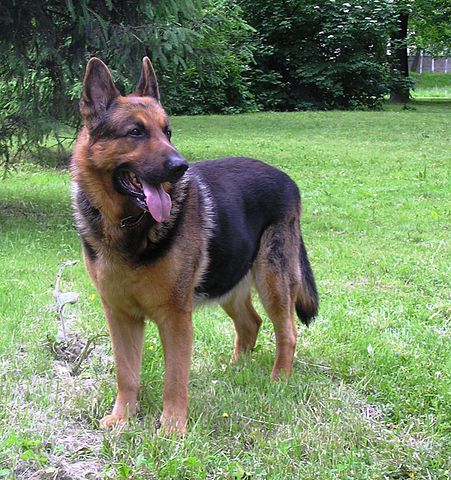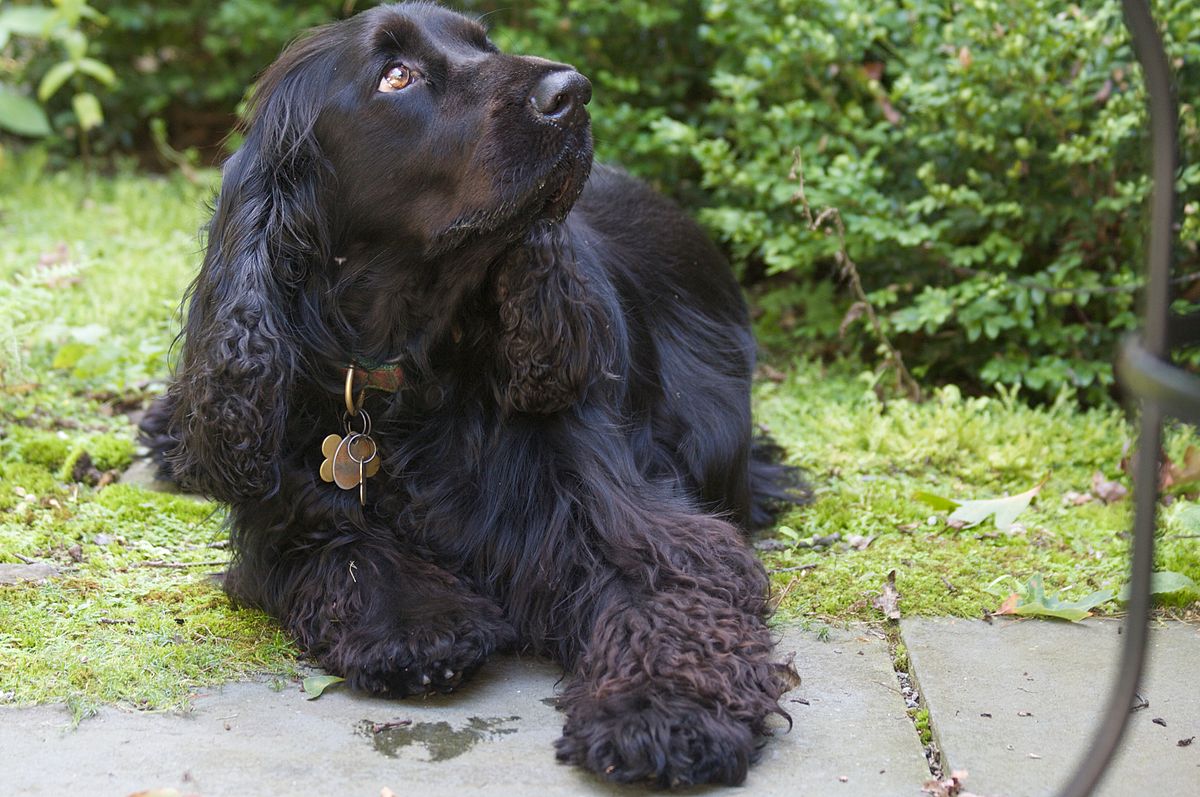The Cocker Spaniel has charmed countless people – owners and admirers alike. As one of the most popular breeds in America, almost everyone has met a Cocker at one point in their life and many have fallen in love and hoped to one day own a Cocker of their very own. But as rich in personality as this breed is, they are certainly not for everyone. As with any breed, it is always highly advised to research the breed first, before buying.
The first thing to be aware of, in considering owning a Cocker, is that they have a LOT of hair! Not only does their hair naturally grow very long, but it is extremely thick as well. Even those who choose to keep their dog shaved down will find that they still need to spend a good amount of time keeping it clean and brushed out regularly. Cockers who are shaved down very close to the skin often develop skin irritations, so it is best to keep it on the longer end for the sake of the dog. Cockers with the full coat will need weekly baths and require a lot of brushing. Always remember to add ear cleaning to the grooming routine, as their long ears can easily become infected from dirt and grime.
The next subject is to emphasize just how important it is to obtain your Cocker from a good source, such as a responsible breeder. Unfortunately, as with all very popular breeds, there are many uninformed backyard breeders and puppy mills that breed dogs with no regard to health or temperament. Cockers that come from these sources often have nasty temperaments and/or crippling health problems. If you have ever met an aggressive or fearful Cocker Spaniel, 9 times out of 10 it came from bad breeding. Getting a dog from a responsible breeders vs. a pet shop or backyard breeder will make the difference of night and day.
This is a breed that loves their family, and wants to be close to them at all times. It is not rare at all for a Cocker to follow their owner from room to room… even the bathroom! They also generally tend to love strangers which does not make them suited to be guard dogs (although they do make great watch dogs – barking whenever anyone comes to the door).
This is a gentle and sensitive breed that doesn’t tend to overwhelm guests with relentless barking and jumping. It should be noted that most Cocker Spaniels also get along very well with children. Since they are small and not normally extremely exuberant, they don’t tend to knock kids down as with some larger breeds. However, they still make great play companions and are more than happy to run and play outside with children.
Tail almost always wagging, Cockers are a very happy bunch! Affectionate and loving, it is hard not to smile when a Cocker is by your side – their optimistic nature can be contagious! One thing that they are often optimistic about… the prospect of food! Most of them love food almost as much as they love people, and many will go to great lengths to try to steal human food whenever possible. Luckily, this is easily remedied with training.
As a result of their love of food (as well as genetics), Cockers tend to gain weight easily and must be exercised on a regular basis to keep them from becoming fat. This said, even slim Cockers need exercise! These dogs were bred to run in the fields with hunters all day so they do have a lot of energy that needs to be burned. As long as their exercise needs are met, they can live in apartments.
The Cocker is normally a great student when it comes to training, as he is quite eager to please. He can be sensitive to overly harsh corrections so it is important to be aware that you aren’t pushing him too far, too fast. Cockers with iffy temperaments might go so far as to growl or snap at a trainer when given a hard correction. While this should never be accepted, it is still important to note. Those that are trained can compete successfully in many canine events such as obedience, hunting test & trials, agility, and tracking!
Cockers usually get along very well with other dogs and are great for multi-dog households. Cockers love to be around their “human pack” but if their owners are gone, another dog can help keep away loneliness. Being social is very important for this breed! If they have no outlets to fulfill their need for socializing, they may become bored and could get destructive through chewing, digging, or excessive barking. As long as you provide enough exercise, companionship and training, a well-bred and socialized Cocker Spaniel will be an amazing pet! Here at The Academic Hound, we have experience with Cocker Spaniels. If you live in Travis or Hays county, TX and are looking for a dog trainer, give us a call!
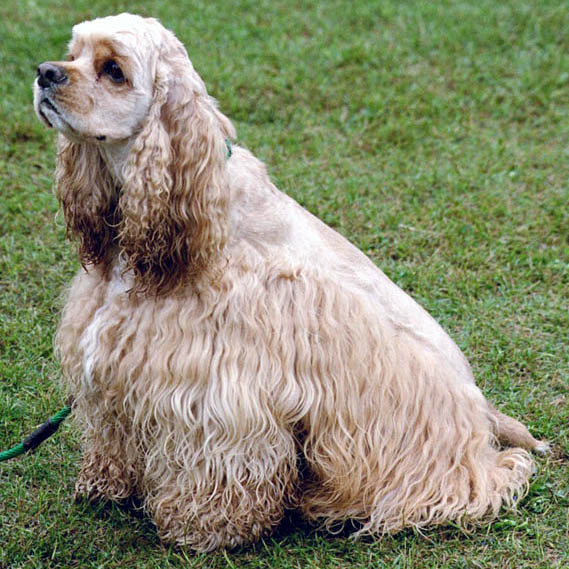
“AmericanCockerSpaniel wb”. Licensed under CC BY-SA 3.0 via Wikimedia Commons


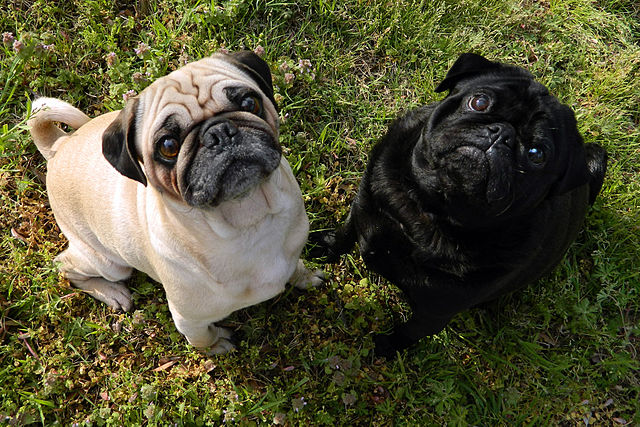
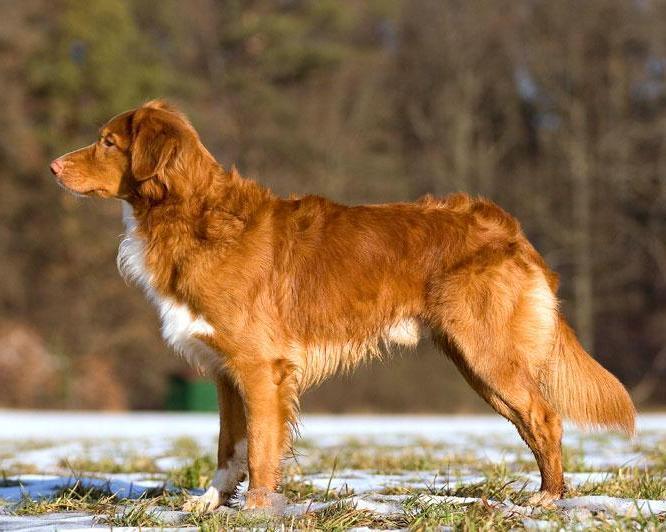

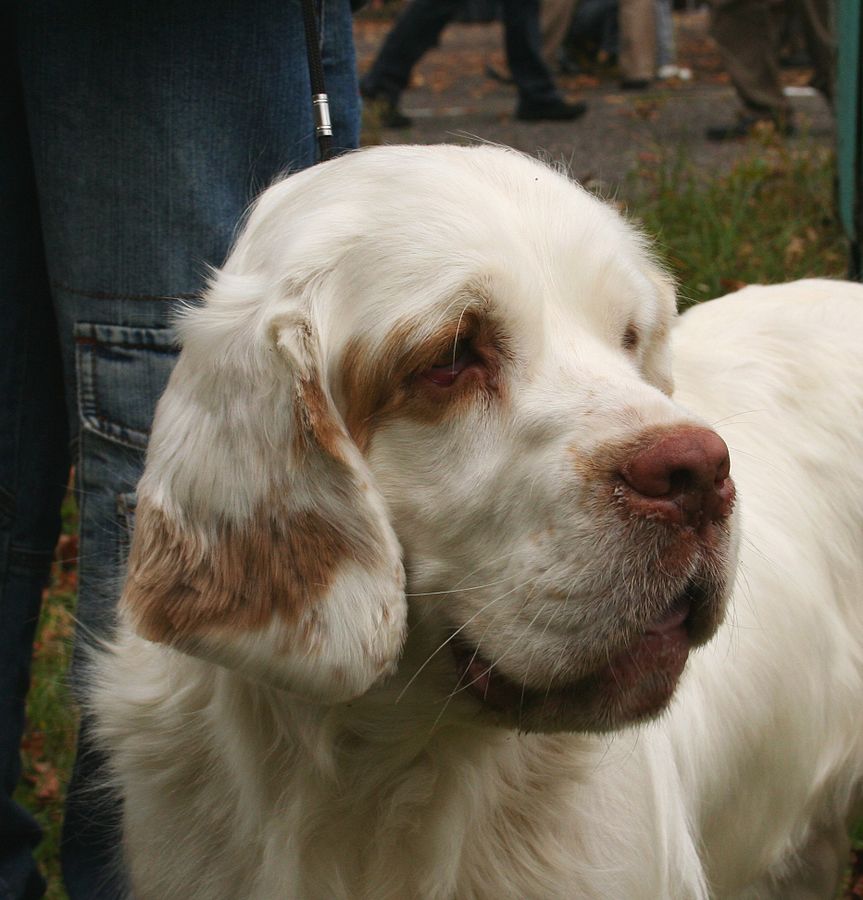
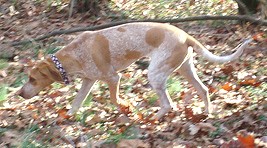 As puppies, English Coonhounds can be particularly destructive, usually because they are so curious about the world and just want to deconstruct everything to see how stuff works! Even when adults, they will continue to chew up objects unless trained not to. The breed can (and will) get into everything, which means a combination of obedience training, exercise, as well as correct household management.
As puppies, English Coonhounds can be particularly destructive, usually because they are so curious about the world and just want to deconstruct everything to see how stuff works! Even when adults, they will continue to chew up objects unless trained not to. The breed can (and will) get into everything, which means a combination of obedience training, exercise, as well as correct household management.